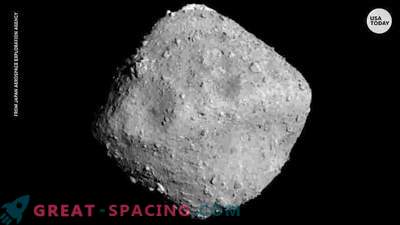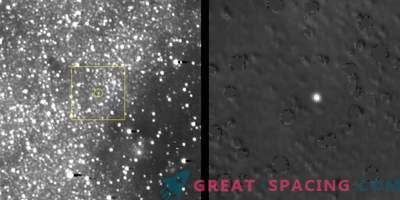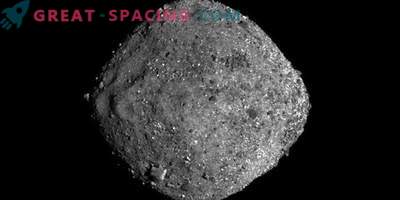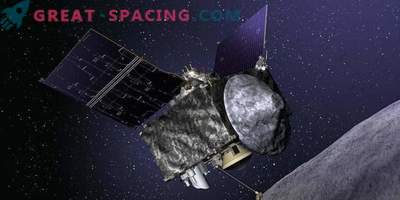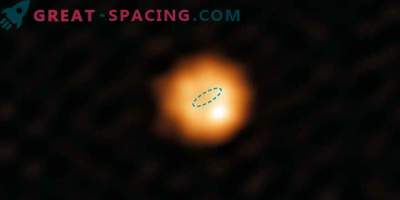
The New Horizons spacecraft received a photograph of the Ultima Thule 24 hours before the nearest flight
In the outer limits of the solar system, the ancient rock Ultima Thule drifted along the usual route for billions of years, not affected by any changes. On January 1, NASA's New Horizons spacecraft became the first guest explorer to fly past a mysterious object that was 4 billion miles away from Earth.
While the planet was celebrating the New Year, a group of scientists from Johns Hopkins University counted the seconds when the device would pass the target. The closest flight was at a distance of 3500 km from the surface on Tuesday morning. The span period coincided with the New Year holidays, including the long-awaited countdown and cheers. The spacecraft, launched in January 2006, flew past the most distant explored world at a speed of 32,000 miles per hour.
The 13-year journey of the device is marked by many victories, including the Ultima Thule, which has become another historical span in the study of the Solar System. This is an important object to study, as it has remained intact for billions of years and is able to tell a lot of valuable information about the evolution of our system and the Earth. The new photo shows how NASA scientists see the mysterious cosmic rock and the principle of its rotation, based on high-resolution images. Pictures are still coming to Earth. The object resembles an inverted snowman or a rotating peanut.
The team joyfully celebrated this event, but there is still a lot of work ahead. The ship has not yet received any data to show how the mission is progressing. It takes 6 hours to send information through such a large distance. NASA plans to hold a conference on January 2-3 to present the first findings.
New Horizons deserved close attention. But just a few hours before the passage, another spacecraft had reconfigured the engines to approach the Bennu asteroid. We are talking about OSIRIS-REx, which successfully entered the asteroid orbit on the eve of the New Year. Now the researcher will rotate at a distance of 1 mile from the object, studying a tiny asteroid with a weak gravitational capture.




